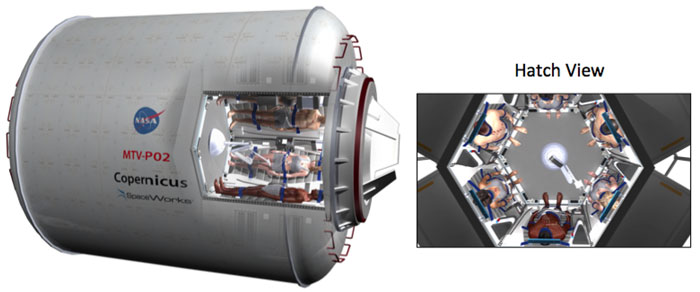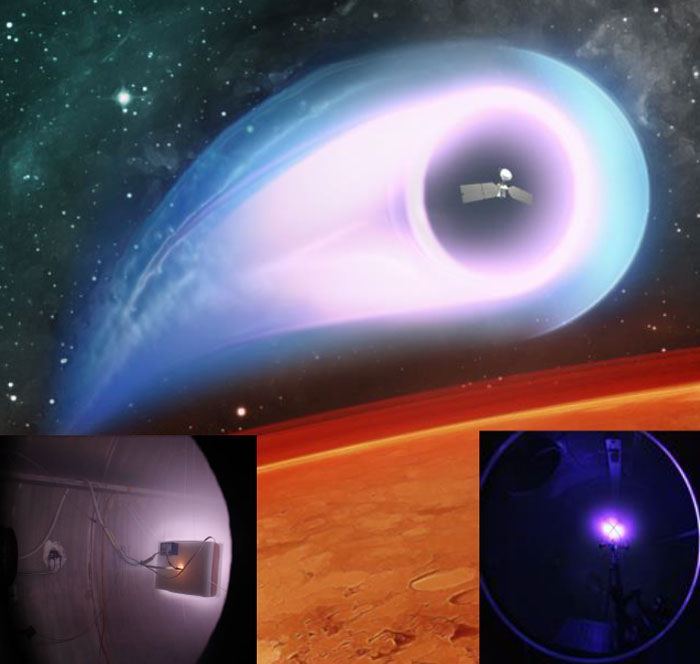NASA has just announced funding for eight ambitious new space projects, which include the development of new habitats far away from planet Earth, a magnetic force field system, a deep sleep chamber for astronauts travelling to Mars, and self-assembling outposts to act as stop-off points on the way to the Red Planet.
If these all sound a little 'out there', it's because they're entries in NASA's Innovative Advanced Concept (NIAC) Program - responsible for exploring far-off technologies that might one day prove invaluable in our exploration of space. Ideas chosen for NIAC not only need to sound cool and exciting on paper, they also need to be technically plausible.
Let's start with those deep sleep chambers, officially known as Vision System Torpor Habitat designs. As Gizmodo's Ria Misra reports, it's not quite a cryo-sleep chamber like the ones you might have seen in the movies – it's more a chamber designed to medically support astronauts while in a state of deep sleep.
NASA engineers want to explore how deep sleep could be used to keep astronauts refreshed, research the kinds of drugs that will help them along the way, and figure out how a spacecraft could be optimised to provide a comfortable, long-term sleeping environment, the agency says.
It sounds a little vague, but that's the whole point of the program – to be able to flesh out the details on ideas like this.
 NASA/J. Bradford
NASA/J. Bradford
Next up are the Growth-Adapted Tensegrity Structures (aka deep space outposts), that are going to be built by robots and help us humans get further out into space. The droids working on the temporary stop-off points could adapt them and repair them as required, so once NASA has cracked the basic technology, it can be used in all kinds of ways.
The project is designed to tackle problems facing humans in long space flights, NASA says, including the effects of microgravity and ionising radiation. The new structures will provide artificial gravity and protect against radiation, and the first one is going to be constructed just outside Earth's orbit.
And what about when we finally make it to Mars? A proposed Magnetoshell will help us colonise the Red Planet by throwing a magnetic field around an approaching spaceship, acting as a second set of brakes – and reducing the amount of fuel needed to land. Less fuel means a lighter payload, plus less expensive spacecraft.
In short, it makes it easier to land on planets and moons where the atmosphere isn't so conducive to landing spaceships. Magnetised plasma would be used to reduce the atmospheric flow alongside a spacecraft while reducing the frictional heating associated with entering a planet's orbit.
 NASA/D. Kirtley
NASA/D. Kirtley
Again, the plans are still at an early stage, but the technology could eventually benefit all kinds of spacecraft.
The other projects to receive Phase II funding are a low-cost atmospheric satellite, two next-generation high-energy propulsion systems, a telescope that can reconfigure itself in space, and a new type of reflective coating that can reflect back the Sun's rays in space.
It's worth making a mental note about these ideas – you're going to be hearing a lot more about some of them in the years to come.
